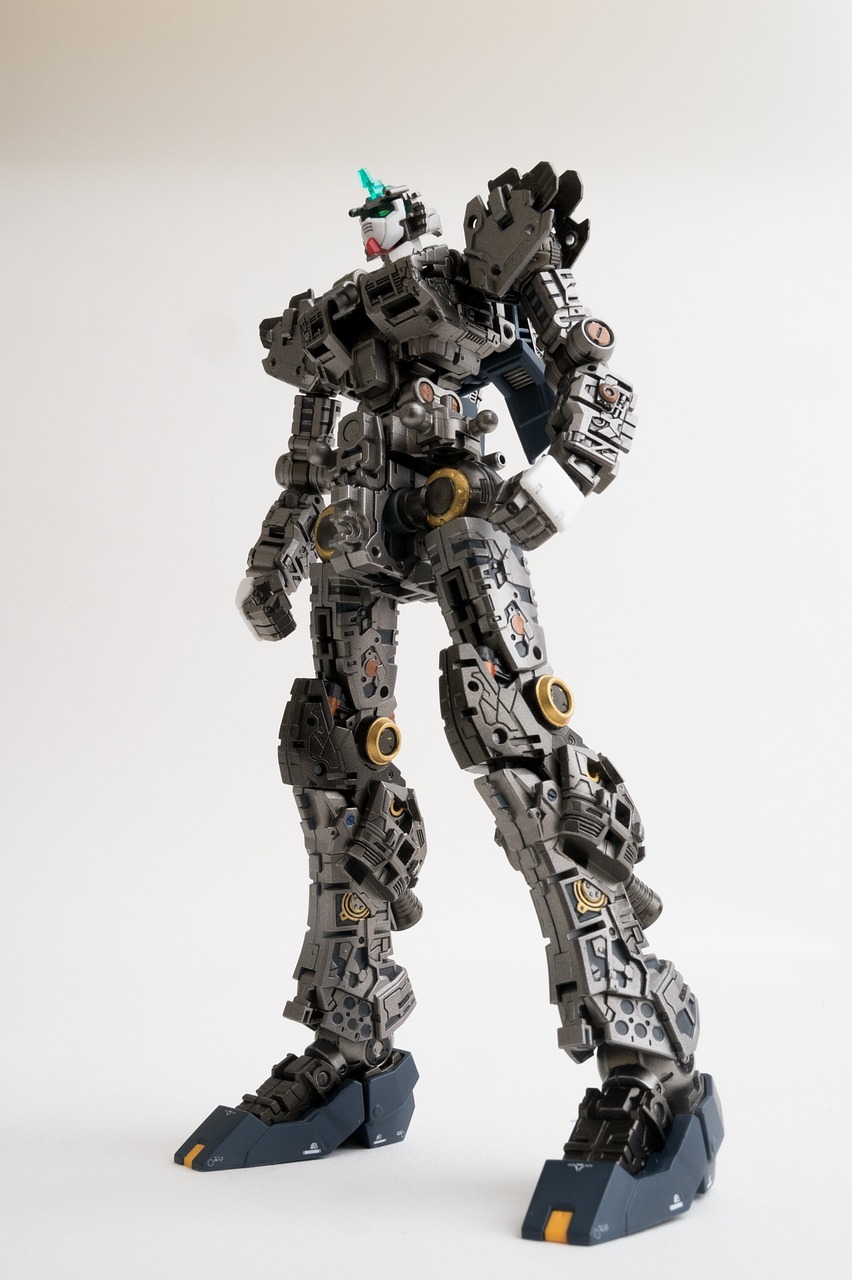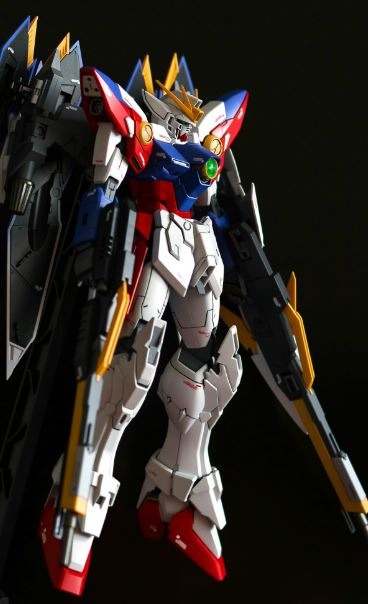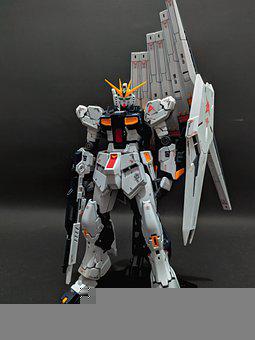The Evolution of Gunpla: A Timeline of Gundam Model Kits Through the Decades
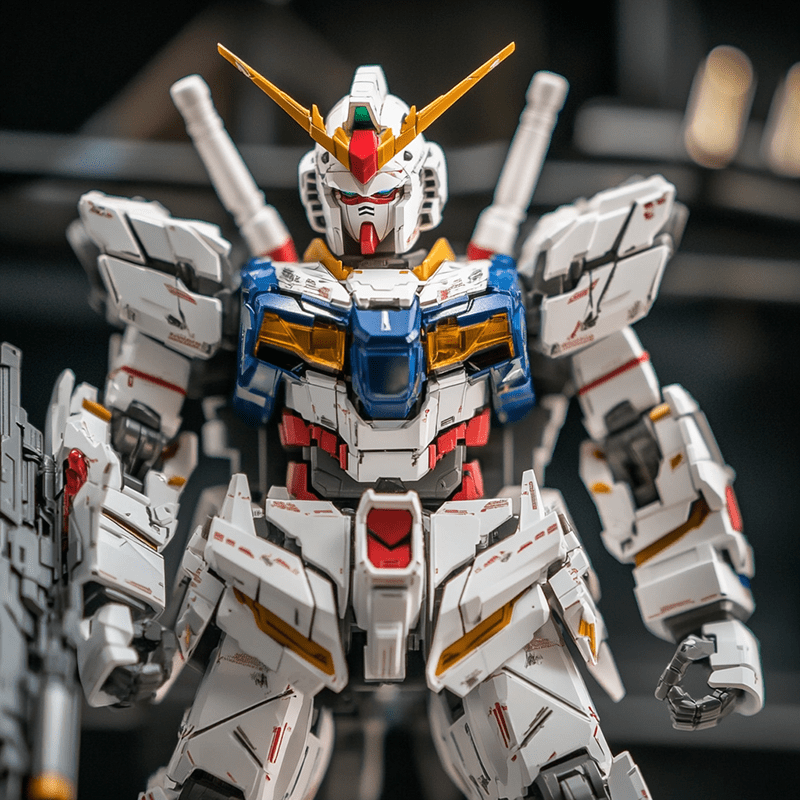
Since the debut of the first Gunpla in 1980, Gundam plastic models have carved out a significant niche in the modeling world. Introduced by Bandai, these kits allowed fans to build and customize their favorite mechs from the beloved Gundam series. Gunpla's journey began with the low-cost kits of the RX-78-2 Gundam, priced at just 300 yen, and has since evolved into a multi-faceted hobby enjoyed worldwide.
In the early years, between 1980 and 1989, the Gunpla models were simple and less detailed compared to today. These early kits were pioneers, sparking a new trend among model enthusiasts. Over the decades, Gunpla has diversified, offering a range of complexity from entry-level to highly detailed kits such as the Perfect Grade (PG) series.
The popularity of Gunpla isn't just limited to Japan; it has spread across North America, Europe, and other regions. This widespread fascination with Gundam models demonstrates the universal appeal of crafting and collecting. As the technology and designs advanced, so did the precision and intricacy of these models, ensuring that both new and seasoned builders had something to look forward to.
Origins and History of Gunpla
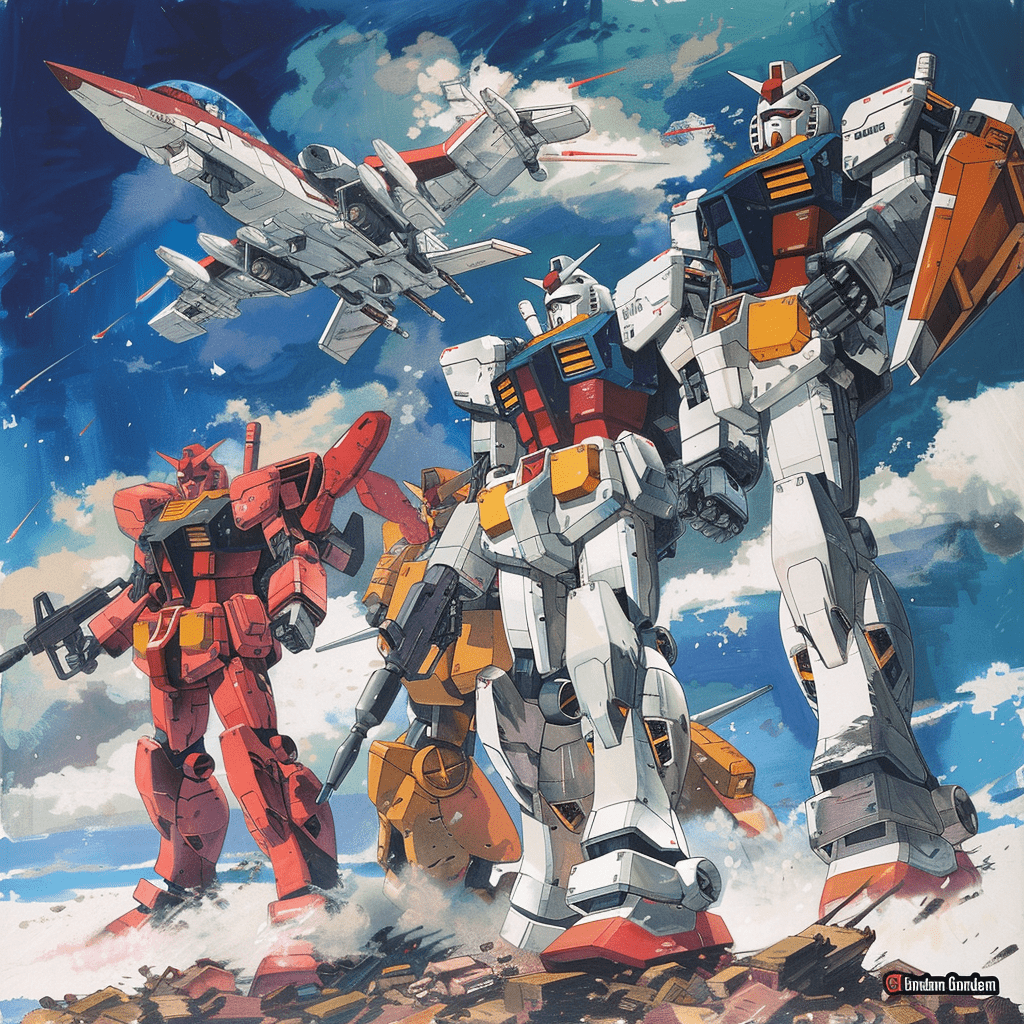
The history of Gunpla is a fascinating journey that begins with the Gundam franchise and evolves with technological advancements. It showcases innovations in design and manufacturing that have made these model kits beloved worldwide.
The Birth of Gundam and Gunpla
Mobile Suit Gundam first aired in 1979, introducing viewers to the RX-78-2 Gundam. This anime became a cultural phenomenon in Japan. Bandai spotted an opportunity and, in 1980, released the first Gundam Plastic Model, or Gunpla. These initial kits were simple and required glue. They cost around 300 yen, making them accessible to many fans.
Early Gunpla kits reflected the pioneering spirit of the original anime. Despite their simplicity, they captured the essence of the Gundam universe.
Advancements in Gunpla Design
Over the years, Bandai significantly improved Gunpla designs. By the late 1980s, snap-fit models replaced glue-based kits, making assembly easier. The designs evolved to be more detailed and accurate, closely mimicking the mecha from the anime.
In 2010, Bandai launched the RG (Real Grade) series, starting with the RX-78-2 Gundam. These kits included advanced articulation and detailed parts, providing a high-quality experience for modelers.
Modern Gunpla kits feature enhanced engineering, incorporating CAD (Computer-Aided Design) for precision parts and intricate detailing that brings the mecha to life.
Evolving Manufacturing Processes
The manufacturing process of Gunpla has seen remarkable changes. Initially, kits were produced using basic injection molding techniques. This process was crucial for their mass production and affordability.
As technology advanced, so did Bandai's manufacturing methods. They adopted high-precision molding techniques and better-quality plastic materials. This evolution allowed for more complex designs and higher durability of the kits.
The use of CAD software has revolutionized the design and manufacturing process. It ensures that parts fit together perfectly, reducing the need for adjustments during assembly.
These advancements have made Gunpla not just model kits but a testament to engineering and innovation in the world of hobbyist modeling.
Cultural Impact and Global Reach
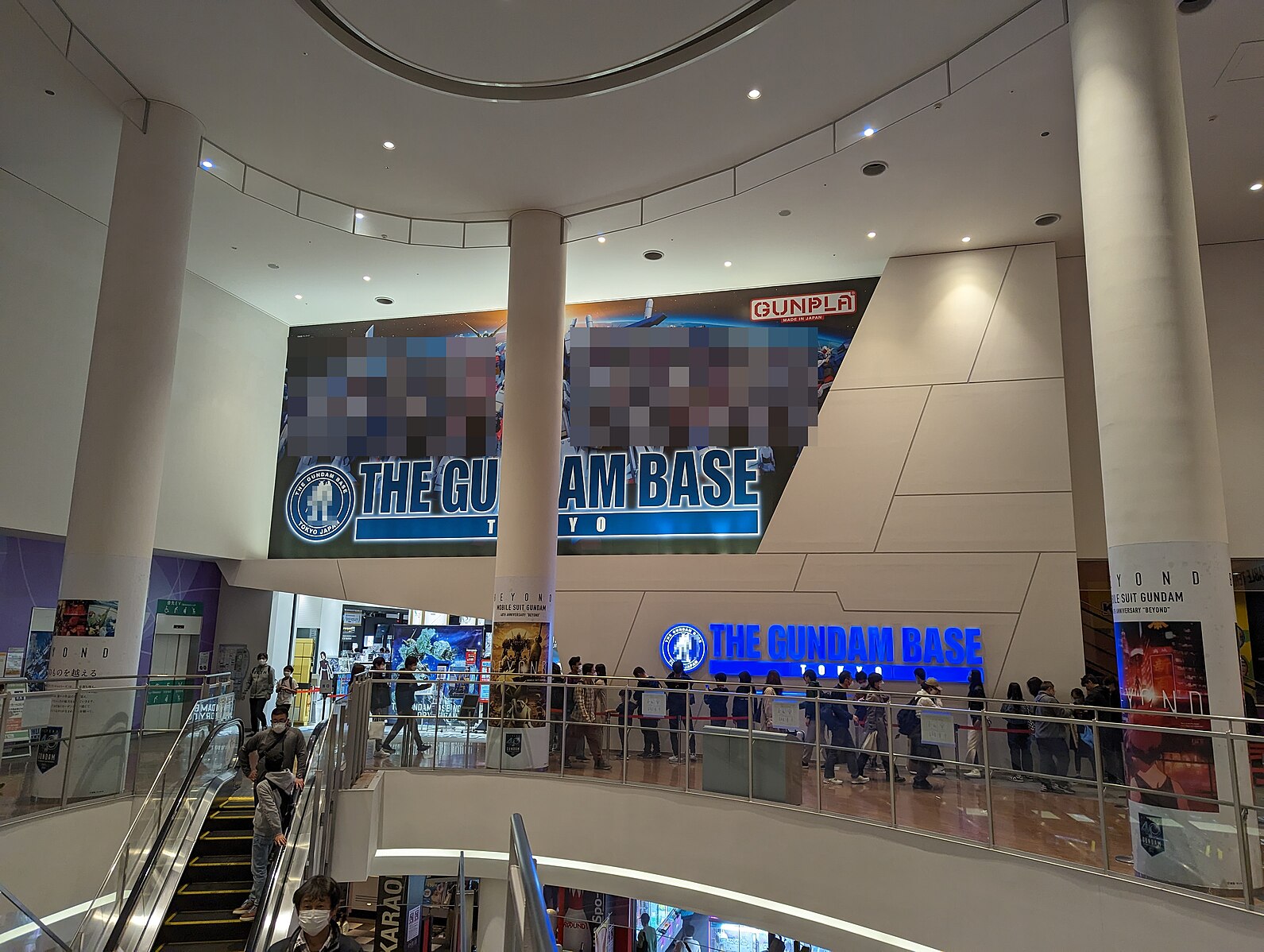
The Gundam franchise and its model kits, Gunpla, have left a significant mark on popular media and have garnered a devoted fanbase worldwide. From special anniversaries to international events, Gunpla has become not just a hobby but a cultural phenomenon.
Gunpla in Popular Media
Gunpla models have appeared in various forms of media, enhancing their popularity. In Japan, the Mobile Suit Gundam series has been a staple on television since its debut in 1979. Anime shows often feature detailed Gunpla assemblies, recreating iconic battles and scenes.
These models have also found their way into games, magazines, and even movie cameos. The widespread use of Gunpla in different media forms underscores its importance in popular culture and its enduring appeal.
International Recognition and Fandom
Gunpla's appeal extends beyond Japan, capturing the hearts of enthusiasts in North America, Europe, and China. Fans participate in online communities, sharing tips on model assembly and customizations. The Gundam franchise organizes international competitions that attract talent from around the globe.
Prominent stores and exhibitions in countries like the United States and China highlight Gunpla's vast influence. The model kits are not just collectibles but artifacts that bind a global community of Gundam enthusiasts.
Notable Events and Celebrations
Significant events have marked Gundam’s milestones, especially in Japan. Large-scale Gunpla expos and Gundam Base stores in Odaiba and Shizuoka attract millions. The 1:1 scale Gundam statue in Odaiba is a must-visit for fans, showcasing the franchise's legacy.
Anniversaries, such as the 40th and 45th, have been celebrated with special model releases and exhibitions. These events not only commemorate the history of Gundam but also bring together fans in massive celebrations, strengthening the community and global reach of the brand.
The Evolution of Gunpla Kits
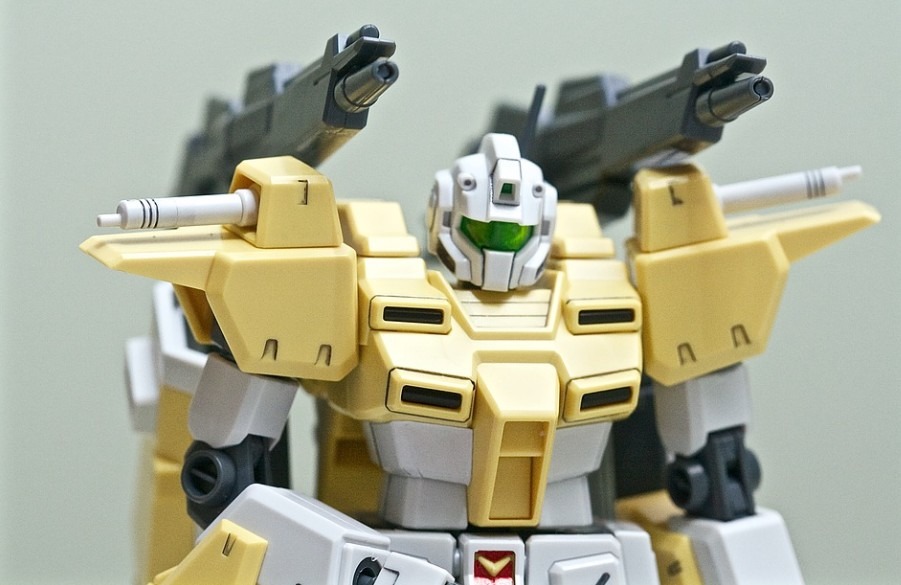
Gunpla, or Gundam plastic models, have seen significant transformations since their introduction. This includes variations in kit grades, exclusive editions, and technological advancements.
The Emergence of Gunpla Grades
Gunpla kits come in different grades, each with unique features and levels of complexity.
- High Grade (HG) kits are known for their affordability and ease of assembly, making them popular among beginners.
- Master Grade (MG) models offer more details and articulation, targeting experienced builders.
- Perfect Grade (PG) represents the pinnacle of detail and complexity, often including advanced features like internal frames and LED lighting.
- Real Grade (RG) blends the detail of Master Grade with the size of High Grade, often recognized for their high level of realism.
Special Editions and Collaborations
Gunpla also features special editions and collaborative kits.
- Limited Editions are often released for events or anniversaries, sometimes including unique colors or markings.
- Premium Bandai kits offer exclusive models that are typically only available for a limited time or through special promotions.
- Collaborations with other franchises or artists bring unique variations, from special color schemes to custom parts.
These aspects add a layer of exclusivity and collectability to the hobby, attracting both new and old fans.
Technological Achievements in Gunpla
Advances in technology have greatly enhanced Gunpla models.
- LEDs are now common in high-end kits, providing dynamic lighting effects for a more immersive experience.
- Improvements in articulation allow for more realistic posing and movement.
- Color separation has been refined, reducing the need for painting and providing a professional finish straight from the box.
- Materials have advanced, improving durability and the ease of assembly.
These technological strides have made Gunpla not only a hobby but also a showcase of cutting-edge model engineering.
Building Techniques and Community
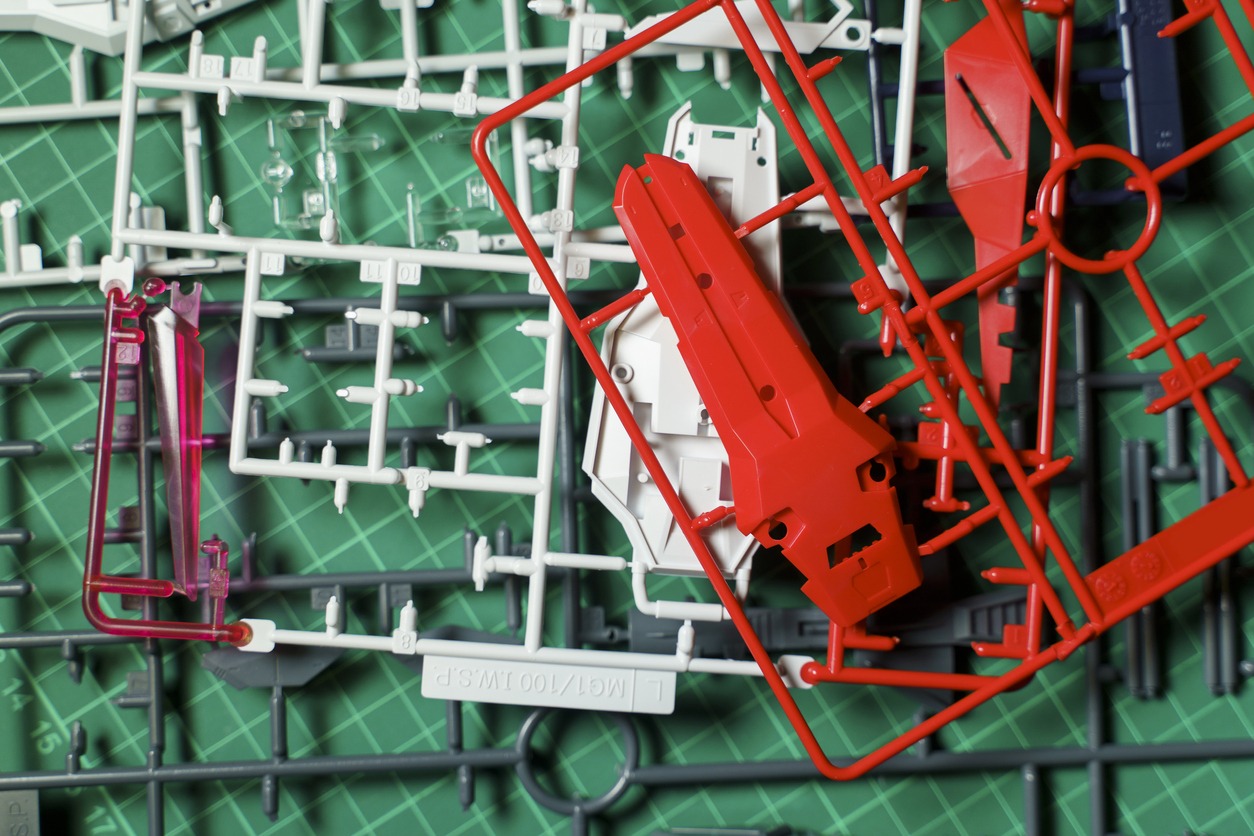
In the world of Gunpla, the techniques for building model kits and the thriving community around them are just as fascinating as the kits themselves. Fans use various methods to enhance their models, and the community provides support and inspiration.
Tips and Tricks for Beginners
Beginners should start with snap-fit kits, like the First Grade or Entry Grade models. These kits do not require glue, making them ideal for newcomers. Assembly is straightforward and provides a good introduction to the hobby.
- Tools to Start: Basic tools include side cutters, a hobby knife, and sandpaper. These help in removing parts from the runners and smoothing out rough edges.
- Paint and Decals: Beginners can use markers for detailing and decals for adding intricate designs. Waterslide decals are often easier to apply than stickers.
- Build in Steps: Follow the manual carefully and build the model in smaller steps. This approach makes the process less overwhelming and helps avoid mistakes.
Advanced Methods for Seasoned Builders
Experienced builders often employ advanced techniques to add more detail and customizations to their models.
- Custom Painting: Advanced builders use airbrushes for smooth and even coats. They also use different paint types, such as acrylics and enamels, for better quality finishes.
- Detailing Techniques: Techniques like panel lining enhance the appearance of the model. Builders use washes and dry brushing to add weathering effects and make the models look more realistic.
- Customization: Seasoned enthusiasts frequently modify their kits using putty, plastic sheets, and additional parts. This level of creativity often leads to unique and highly customized models that stand out.
Gunpla Communities and Creators
The Gunpla community is diverse and highly supportive. Enthusiasts share their work, ideas, and techniques through various platforms.
- Online Forums and Groups: Websites and social media groups allow fans to showcase their builds, seek advice, and participate in discussions. These communities can be found on platforms like Reddit, Facebook, and dedicated forums such as Gundam Eclipse.
- Events and Competitions: Global tournaments like the Gunpla Builders World Cup (GBWC) celebrate creativity and skill. Builders compete by displaying their customized models and detailed creations.
- Content Creators: Many skilled builders share tutorials and build logs on YouTube and blogs, offering valuable insights and inspiration. Content creators like Mecha Warehouse and Studio G provide step-by-step guides and reviews that help both beginners and advanced builders alike.
Engaging with these communities not only enhances the learning experience but also brings builders together, fostering a shared passion for Gunpla.
Gunpla Modelling and Customization
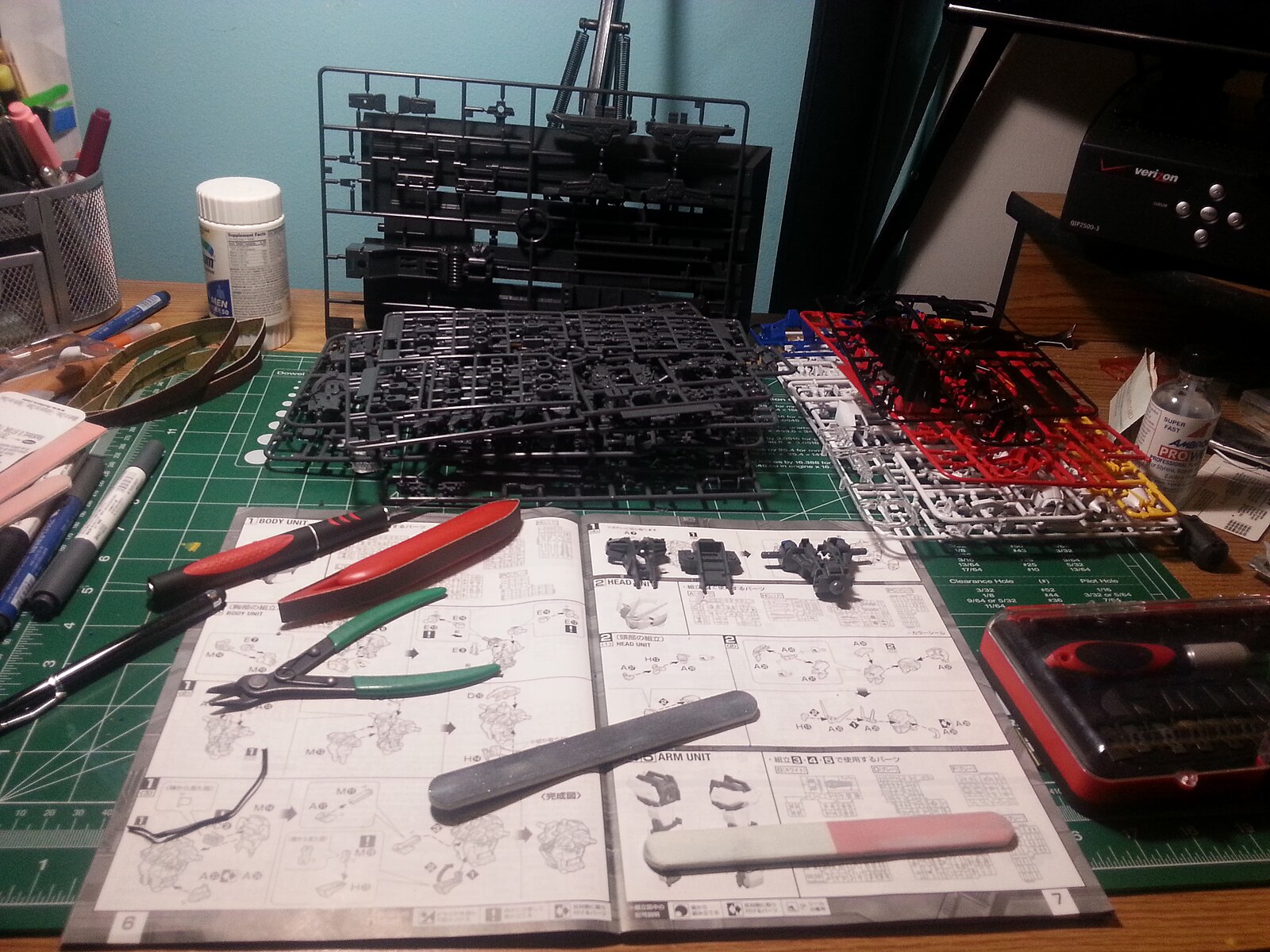
Cheposo(Subida/Upload), Mesa de Trabajo de un Modelista Gunpla y herramientas (Working table of a Gunpla Modelist and tools), CC BY-SA 3.0
Gunpla modeling offers endless opportunities for creativity and personalization. Builders can use various tools, materials, and techniques to create unique designs. Showcases and competitions further enhance the community spirit and provide platforms to highlight exceptional work.
The Art of Gunpla Customization
Customization in Gunpla is where creators can truly express their ingenuity. Builders start by altering the inner frame and outer details of their models. Painting is a significant aspect, where artists use an array of colors and techniques to achieve the desired look.
Weathering and battle damage are popular effects that add realism to the models. Decals and stickers provide additional detail and authenticity. Some builders go a step further, incorporating LED lights and mechanical parts to make their Gunpla stand out.
Tools and Materials for Gunpla Builders
The world of Gunpla modeling requires specific tools and materials. Essential tools include cutting pliers, hobby knives, and sanding sticks, which help precision in cutting and smoothing the plastic pieces. Paints and brushes are crucial for adding color and details.
Advanced builders might use airbrushes for a more professional finish. Cement glue is sometimes necessary for older kits that don't snap together. Details are often enhanced with panel line markers and decals. Protective gear, like masks and gloves, is also important for safety when using paints and adhesives.
Community Showcases and Competitions
The Gunpla community is vibrant and passionate, often coming together for events and competitions. Local and international contests offer platforms for builders to display their creations. These events can vary from small community gatherings to large-scale conventions like Gunpla Builders World Cup.
Online communities also play a significant role. Forums, social media groups, and dedicated websites allow members to share their projects and get feedback. Tutorials and live streams are popular, providing education and inspiration to both new and experienced builders. These events and platforms foster a sense of community and encourage continuous improvement in Gunpla modeling.
The Future of Gunpla and Mecha Modeling
Advancements in technology and cultural trends are shaping the future of Gunpla and mecha modeling. New methods such as 3D printing and computer-aided design (CAD) are transforming the way model kits are produced. Meanwhile, Gunpla's role in modern culture and its environmental impact are becoming more significant.
Emerging Technologies in Model Kit Design
3D printing and CAD are revolutionizing Gunpla. These technologies allow for more intricate and customizable designs. 3D printing, for instance, can produce highly detailed parts that were previously impossible with traditional machinery. CAD software enables precise design adjustments, enhancing both the realism and fantasy elements of the models.
Innovations in materials are also important. Biodegradable plastics and other sustainable materials are being explored to reduce the environmental impact of manufacturing.
The Significance of Gunpla in Modern Culture
Gunpla has solidified its place in modern culture, especially among mecha anime fans. It serves not only as a hobby but also as a form of artistic expression. Building Gunpla kits allows fans to engage with the Gundam universe in a tangible way, bridging the gap between fantasy and reality.
Moreover, Gunpla's popularity has fostered a strong community. Events, online forums, and social media groups bring enthusiasts together, celebrating the cultural significance of these model kits.
Sustainability in Gunpla Production
The drive for sustainability is changing how Gunpla kits are produced. Plastic waste is a major concern, prompting manufacturers to seek more eco-friendly options. This includes using recycled materials, improving packaging efficiency, and minimizing waste during production.
Manufacturers are also exploring ways to make the entire process more environmentally friendly. This involves not only the materials used but also the machinery and methods of manufacturing. These efforts aim to reduce the carbon footprint and ensure the future of Gunpla aligns with global sustainability goals.

